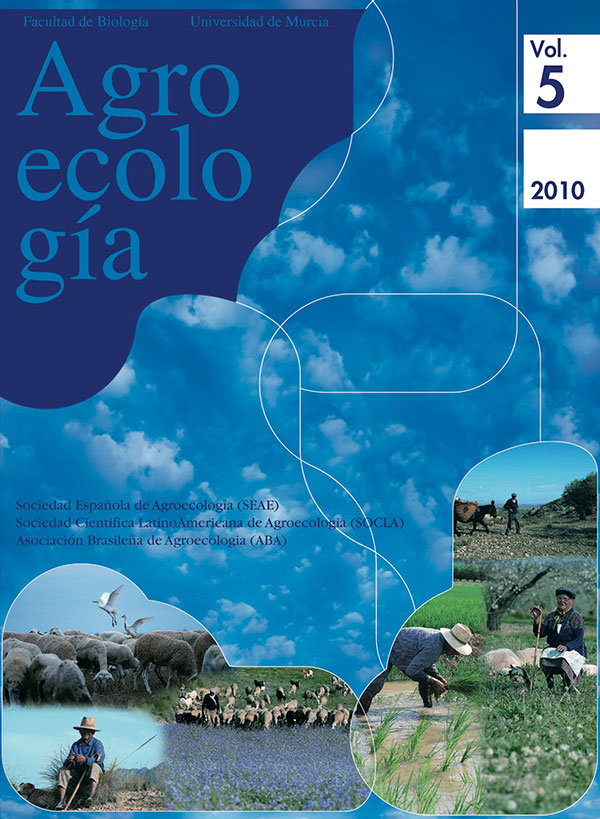Results of a participative innovation and qualification process to the coffee berry borer agroecological management adoption in Cuba
Abstract
The coffee berry borer (Hypothenemus hampei) has transformed into the main pest of this cultivation in the country from half-filled of the years ninety and its management has been used the endosulfan insecticide, the elimination of infested fruits and the use of the entomopathogen fungi Beauveria bassiana, among other practical. Due to the necessity of trafficking toward the sustainable caficulture, it was carried out a participatory innovation and qualification project and to achieve the adoption of agroecological practices in the coffee berry borer management, which was executed during the years 2005-2008 in the 27 coffee municipalities of the country, with the participation of technicians and caficultors. The adoption of 36 agroecological practices was achieved for the coffee berry borer management, of which four depend on biological products that are acquired outside of the production system and the rest they are carried out totally by the caficultor; of these, 35% has been adopted in more than 64,0 Thousands of hectares (more than 80% of the coffee area of the country).There was a reduction of more than 80% of the use of the endosulfan insecticide (0,4% of the area of coffee of the country in 2008) and the infestation index of the pest decreased at levels below 5%.Downloads
Las obras que se publican en esta revista están sujetas a los siguientes términos:
1. El Servicio de Publicaciones de la Universidad de Murcia (la editorial) conserva los derechos patrimoniales (copyright) de las obras publicadas, y favorece y permite la reutilización de las mismas bajo la licencia de uso indicada en el punto 2.
2. Las obras se publican en la edición electrónica de la revista bajo una licencia Creative Commons Reconocimiento-NoComercial-SinObraDerivada 3.0 España (texto legal). Se pueden copiar, usar, difundir, transmitir y exponer públicamente, siempre que: i) se cite la autoría y la fuente original de su publicación (revista, editorial y URL de la obra); ii) no se usen para fines comerciales; iii) se mencione la existencia y especificaciones de esta licencia de uso.
3. Condiciones de auto-archivo. Se permite y se anima a los autores a difundir electrónicamente las versiones pre-print (versión antes de ser evaluada) y/o post-print (versión evaluada y aceptada para su publicación) de sus obras antes de su publicación, ya que favorece su circulación y difusión más temprana y con ello un posible aumento en su citación y alcance entre la comunidad académica. Color RoMEO: verde.





